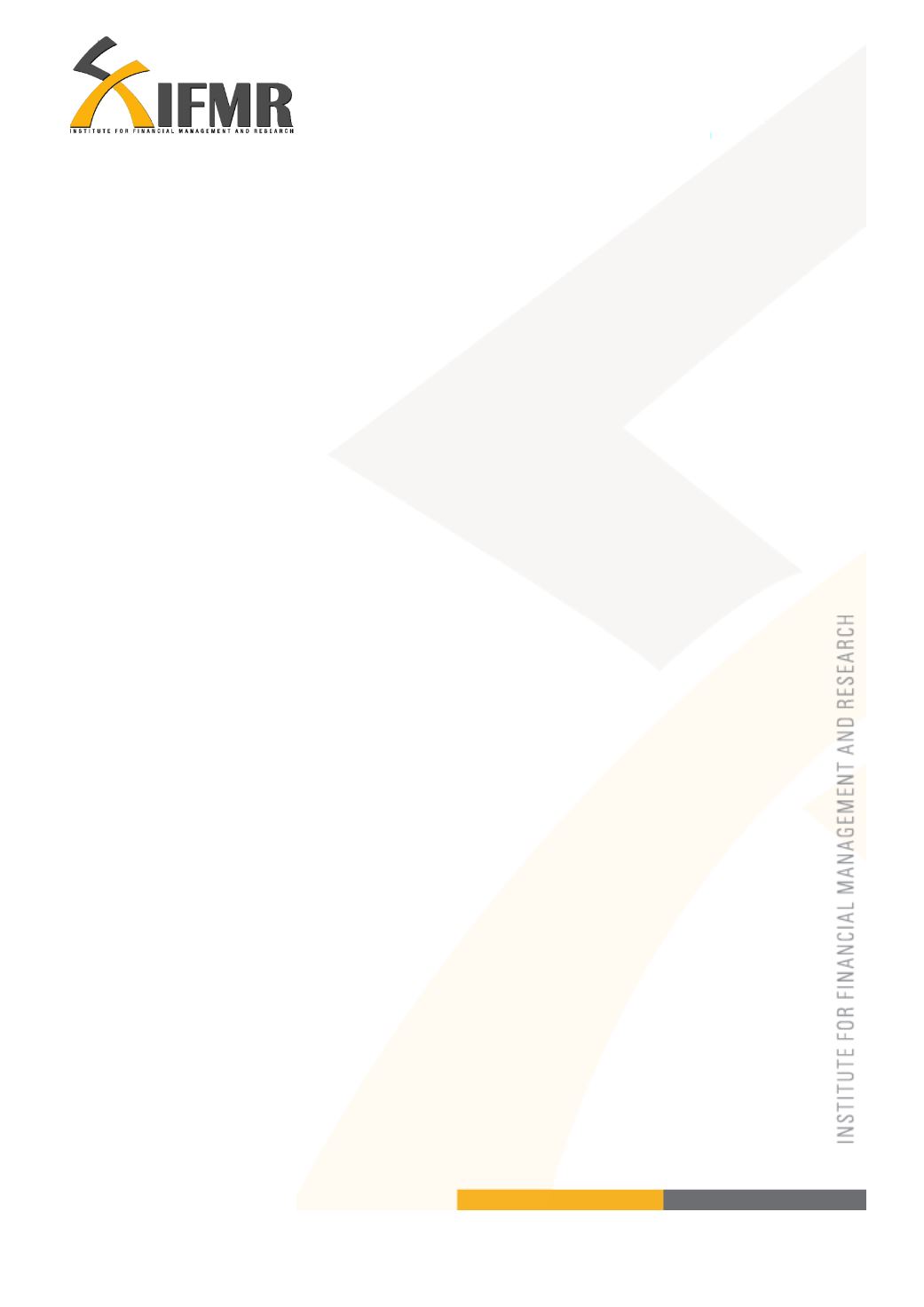
11
model where individuals come together and apply for loans as a group. The National
Bank for agriculture and Development (NABARD) opted for the second model in its
SHG-Bank linkage program. Under this program, groups of men and women come
together to form a Self-Help Group (SHGs) in which each individual contributes a fixed
amount at regular intervals to the common pool. Once a substantial amount of capital has
been accumulated, the money is lent to the group members in a cycle. The repayment
mechanism works though social interaction and peer pressure. Owing of this, SHGs
often group together groups of people, with similar socio-economic background. An
advantage in this model is that a minimum voluntary savings was necessary.
1.2 Basic theories in Savings
As mentioned above, the savings needs of the poor were completely ignored and it was
assumed that they have limited demand as far as savings is concerned. The reasoning
was that since surpluses are small, residuals would also be minimal leading to savings
behaviour. However, the microfinance experience as shown a tested demand for savings
by the poor households. It is important to understand the significance of savings for
small entrepreneurs and farmers as further expansion of these small enterprises is highly
sensitive to savings. But for these savings to be useful, they have to be of a substantial
amount. Thus, deposit services become more important than credit services. The theory
of Life Cycle Hypothesis (LCH) propounded by Ando and Modigliani (1963) offers a
simple theory of savings according to which, an individual saves during working life to
smooth consumption post retirement ( after all sources of periodical income have been
closed). Savings, for the poor in particular, can also help smoothen seasonal
consumption needs, finance sudden expenditures, and insure against major shocks,


